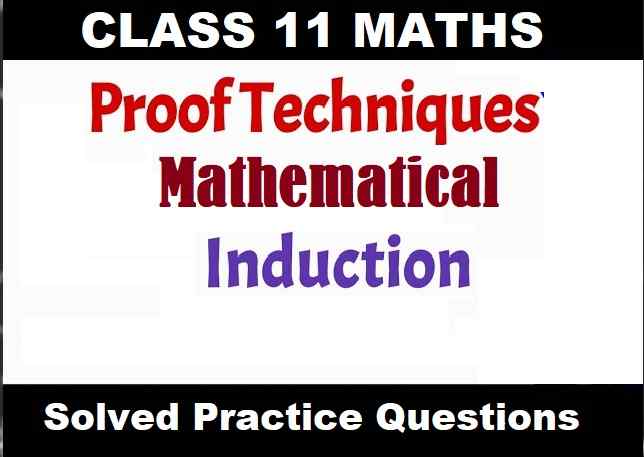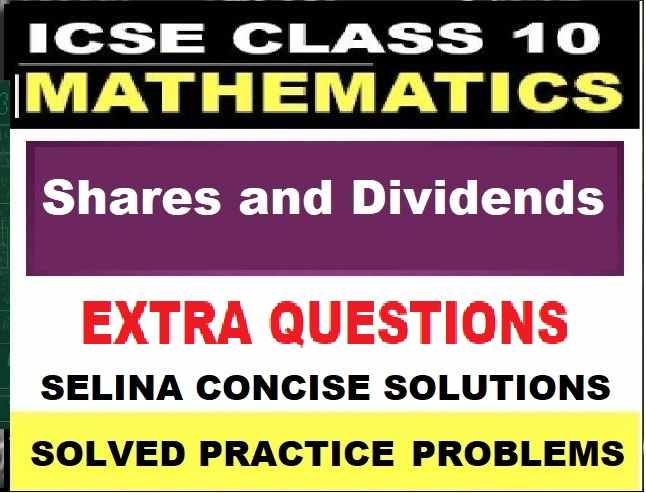Language of Chemistry Exe-1C Long Answer Chemistry Class-9 ICSE Selina Publishers Solutions Chapter-1. Step By Step ICSE Selina Concise Solutions of Chapter-1 Language of Chemistry with All Exercise including MCQs, Very Short Answer Type, Short Answer Type, Long Answer Type, Numerical and Structured/Application Questions Solved . Visit official Website CISCE for detail information about ICSE Board Class-9.
Language of Chemistry Exe-1C Long Answer Chemistry Class-9 ICSE Concise Selina Publishers
| Board | ICSE |
| Publications | Selina Publication |
| Subject | Chemistry |
| Class | 9th |
| Chapter-1 | Language of Chemistry |
| Book Name | Concise |
| Topics | Solution of Exercise – (1C) Long Answer Type |
| Academic Session | 2023-2024 |
D. Exercise – (1C) Long Answer Type
Language of Chemistry Class-9 Chemistry Concise Solutions
Page 20
Question 1.
Sodium chloride reacts with silver nitrate to produce silver chloride and sodium nitrate
(a) Write the equation.
(b) Check whether it is balanced, if not balance it.
(c) Find the weights of reactants and products.
(d) State the law that this equation satisfies.
Answer:
(a) NaCl + AgNO3 ⟶ AgCl + NaNO3
(b) The number of atoms of reactants and products are same. So this equation is a balanced equation.
(c) This equation obeys the law of conservation of mass. That is total mass of reactant = total mass of product.
(d) NaCl + AgNO3 → NaNO3 + AgCl
58.5 + 170 = 85 + 143.5
228.5 g = 228.5 g
Question 2.
What information does the following chemical equations convey ?
(a) Zn + H2SO4 ⟶ ZnSO4 + H2
(b) Mg + 2HCl ⟶ MgCl2 + H2
Answer:
(a) Zn + H2SO4 → ZnSO4+ H2
The actual result of a chemical change.
Substances take part in a reaction, and substances are formed as a result of the reaction.
(i) Here, one molecule of zinc and one molecule of sulphuric acid react to give one molecule of zinc sulphate and one molecule of hydrogen.
(ii) Composition of respective molecules, i.e. one molecule of sulphuric acid contains two atoms of hydrogen, one atom of sulphur and four atoms of oxygen.
(iii) Relative molecular masses of different substances, i.e. molecular mass of
Zn = 65
H2SO4 = (2+32+64) = 98
ZnSO4 = (65+32+64) = 161
H2 = 2
(iv) 22.4 liters of hydrogen are formed at STP.
(b) Mg + 2HCl → MgCl2+ H2
This equation conveys the following information:
(i)Magnesium reacts with hydrochloric acid to form magnesium chloride and hydrogen gas.
(ii) 24 g of magnesium reacts with 2(1 + 35.5) = 73 g of hydrochloric acid to produce (24 + 71), i.e. 95 g of magnesium chloride.
(iii)Hydrogen produced at STP is 22.4 liters.
D. Exercise – (1C) Long Answer Type
Language of Chemistry Class-9 Chemistry Concise Solutions
Page 21
Question 3.
(a)What are polyatomic ions? Give two examples.
(b) Name the fundamental law that is involved in. every equation
Answer:
(a) A polyatomic ion is a charged ion composed of two or more covalently bounded atoms.
(b) Fundamental laws which are involved in every equation:
(i) A chemical equation consists of formulae of reactants connected by a plus sign (+) and arrow (→) followed by the formulae of products connected by the plus sign (+).
The sign of an arrow (→) is to read ‘to form’. It also shows the direction in which the reaction is predominant.
The fundamental law followed by every equation is ‘Law of Conservation of Mass’.
Question 4.
Give the information conveyed by the chemical formula of a compound.
Answer:
By looking at the chemical formula, we understand the ratio in which different atoms are united to form the molecule.
Question 5.
Write the significance of a molecular formula.
Answer:
The molecular formula of a compound has quantitative significance. It represents:
- both the molecule and the molecular mass of the compound.
- the respective numbers of different atoms present in one molecule of the compound.
- the ratios of the respective masses of the elements present in the compound.
For example, the formula CO2 means that:
- the molecular formula of carbon dioxide is CO2
- each molecule contains one carbon atom joined by chemical bonds with two oxygen atoms;
- the molecular mass of carbon dioxide is 44, given that atomic mass of carbon is 12 and that of oxygen is 16.
Question 6.
What do you understand by radicals : What are basic and acidic radicals ? Explain with examples.
Answer:
A radical is an atom or a group of atoms of the same or of different elements that behaves as a single unit with a positive or a negative charge.
An Acid radical is the radical that remains after an acidic molecule loses a hydrogen ion (H+). Acid radicals typically have a negative charge. They are also called electronegative radicals or anions.
A Basic radical is the radical that remains after a base molecule loses a hydroxyl ion (OH–). Basic radicals typically have a positive charge. They are also called electropositive radicals or cations.
For example, in the compound ammonium carbonate (NH4)2CO3, ammonium (NH4+) is a basic radical with combining power 1 and carbonate (CO32-) is an acidic radical with combining power 2.
Question 7.
Answer:
| Metal | Valency | Name of compound formed | Formula |
|---|---|---|---|
| Iron | 2 3 |
Ferrous – [Iron (II)] oxide Ferric – [Iron (III)] oxide |
FeO Fe2O3 |
| Copper | 1 2 |
Cuprous – [Copper (I)] oxide Cupric- [Copper (II)] oxide |
Cu2O CuO |
| Mercury | 1 2 |
Mercurous – [Mercury (I)] oxide Mercuric – [Mercury(II)] oxide |
Hg2O HgO |
| Lead | 2 4 |
Plumbous – [Lead (II)] oxide Plumbic – [Lead (IV)] oxide |
PbO PbO2 |
— : End of Language of Chemistry Exe-1C Long Answer Class-9 ICSE Chemistry Solutions :–
Return to Return to Concise Selina ICSE Chemistry Class-9
Thanks
Please share with your friends


